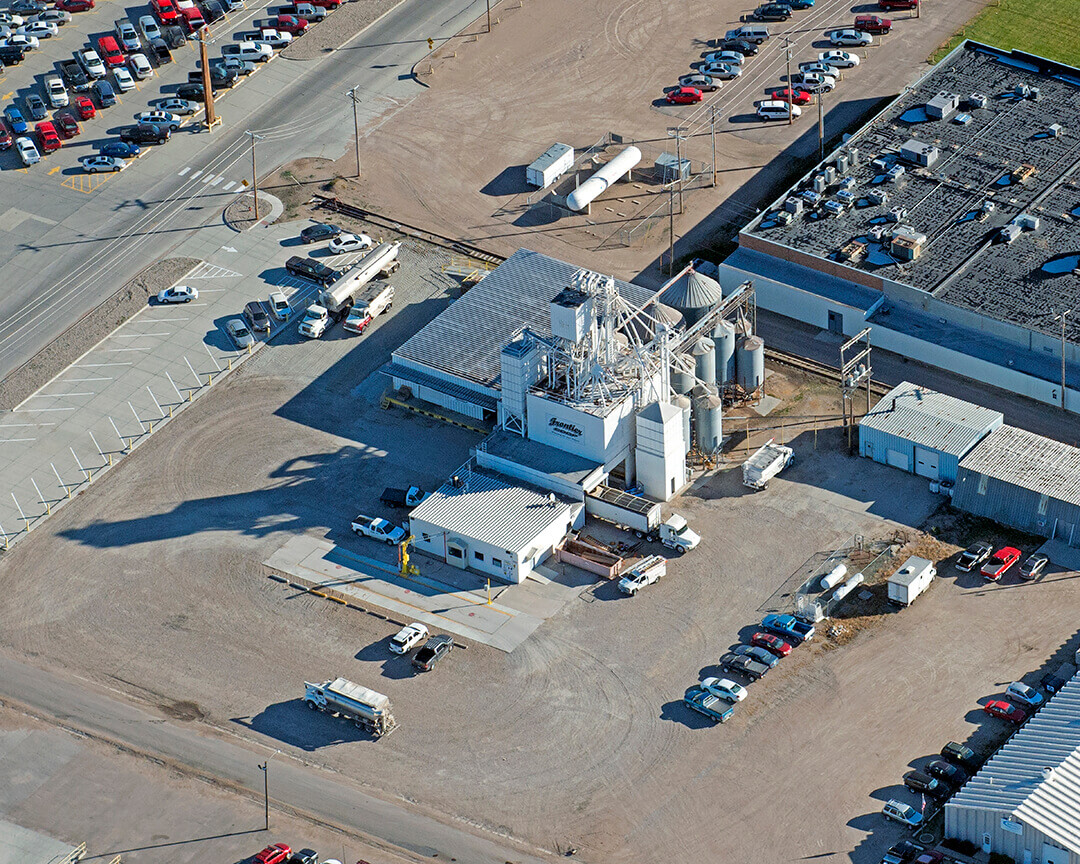The mycorrhizal fungal networks that link the roots of trees in forests are highly known to facilitate intercommunication through resource, kin, and defense recognition signaling and thereby impact the sophisticated behavior of neighbors. The three behaviors have mental qualities like ability in memory, learning, and perception, and they affect plant characteristics indicative of fitness.
Mycorrhizae form a network of filaments that link with plant roots and draw nutrients from the soil that the root system would not be in a position to access. The collaboration stimulates the growth of plants and speeds up root development.
Benefits of Mycorrhizae Networks
Mycorrhizal fungi permit plants to absorb water and nutrients from the soil. Also, they raise the plant’s tolerance to various environmental stresses. These fungi are vital in soil aggregation procedure and stimulate microbial activity. Mycorrhizae offers multiple benefits to the plant and the environment according to the plant species and the growing practices.
Types of Mycorrhizae
The two primary groups of mycorrhizal networks are endomycorrhizal and ectomycorrhizal fungi. The members of the form group grow exclusively outside the root cells, whereas those of the latter penetrate the cell of a plant where direct metabolic happens.
Mycorrhizal Effects on Soil Structure
Mycorrhizal fungi play a big role in soil aggregation via glomalin production and hyphae networking. Hence, their presence in the soil is important to sustain physical soil properties. A good soil structure results in beer root development, better resistance to compaction, and more permeability to air.
Contact Groundwork BioAg for more information about mycorrhizal networks.


